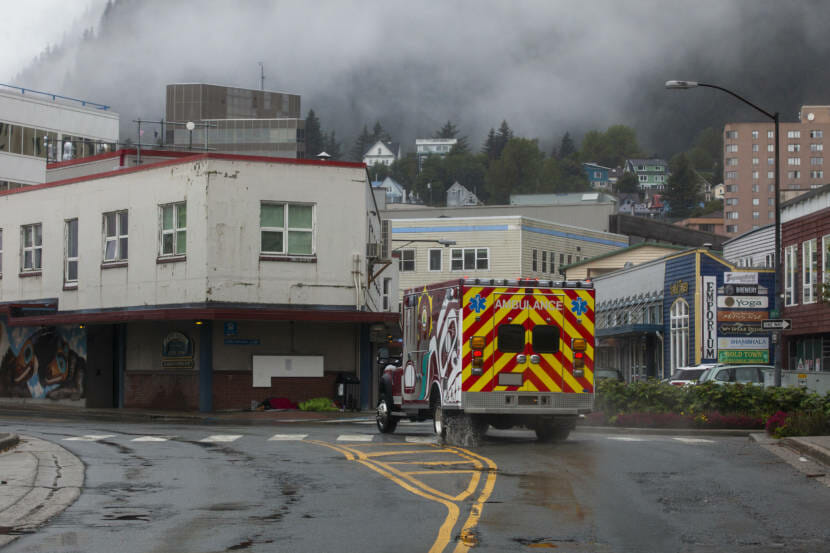
Deaths due to drinking alcohol nearly doubled over a two-year period in Alaska, based on data from the Alaska Department of Health. Those years, 2019 to 2021, included the start of COVID-19 pandemic.
The deaths counted include people who died from alcohol poisoning and those who died from alcohol-related causes like liver disease.
According to the Centers for Disease Control and Prevention, Alaska has one of the highest rates of binge drinking in the country.
Sara Platt works for Recover Alaska, an organization trying to reduce excessive drinking and its harms. She isn’t surprised by the increase in drinking deaths.
“Thinking about the pandemic,” said Platt, “I think that a big piece is that people didn’t have as many opportunities to connect, were more isolated.”
Platt, who has a background in marriage and family therapy, says that the opposite of addiction is connection. She says an environment with lots of activity choices and ways to connect with people without alcohol can play a role in lower rates of substance use. In Iceland, programs to reduce drinking focused on community interventions like creating work and sports programs, and encouraging parental involvement.
“Binge drinking is not a person problem,” said Platt. “It’s a community problem.”
She says if people in a community are concerned about how much others are drinking, she says there’s lots they can do.
“What low-barrier wellness activities could I offer to community members?” said Platt. “What can I talk to my local representative around policy? What can I do at my workplace to make it so it’s not so stigmatizing… to reach out and get care from your boss?”
Rosa Avila, a public health scientist for Alaska’s health department, says the pandemic influenced social changes that relate to excessive alcohol use.
“People are experiencing a lot of stress from loss of jobs, and having your kids at home all the time. There might be changes in alcohol use, things like that,” said Avila. “But, it’s hard to tease out with numbers how much of that is due to the pandemic or other factors.”
Avila says that in the fall, health data will be available from 2022. That will help the state health department understand more about how many Alaskans are dying due to alcohol.
“We’ll see next with 2022 data …whether those rates, those trends are being sustained or if they’re going to taper down. So I think a lot of it remains to be seen,” said Avila.
But, it will take longer to see data from 2023, when many COVID restrictions were fully lifted. That will be when public health scientists get a more complete picture of drinking deaths over the years most affected by the COVID pandemic.
Platt, with Recover Alaska, says that people drinking in excess are often using alcohol as a coping mechanism. And they can feel defensive if others are asking them to give that up.
So, she suggests that concerned friends and family talk instead about how alcohol use is interfering with connection.
“I want to be able to connect with you more,” said Platt. “In essence, this is getting in the way of us connecting. And I’m wondering if maybe you want to call somebody together or reach out and see if there’s any other options.”
She says family and friends can play an important role in encouraging people to think about how much they’re drinking.


